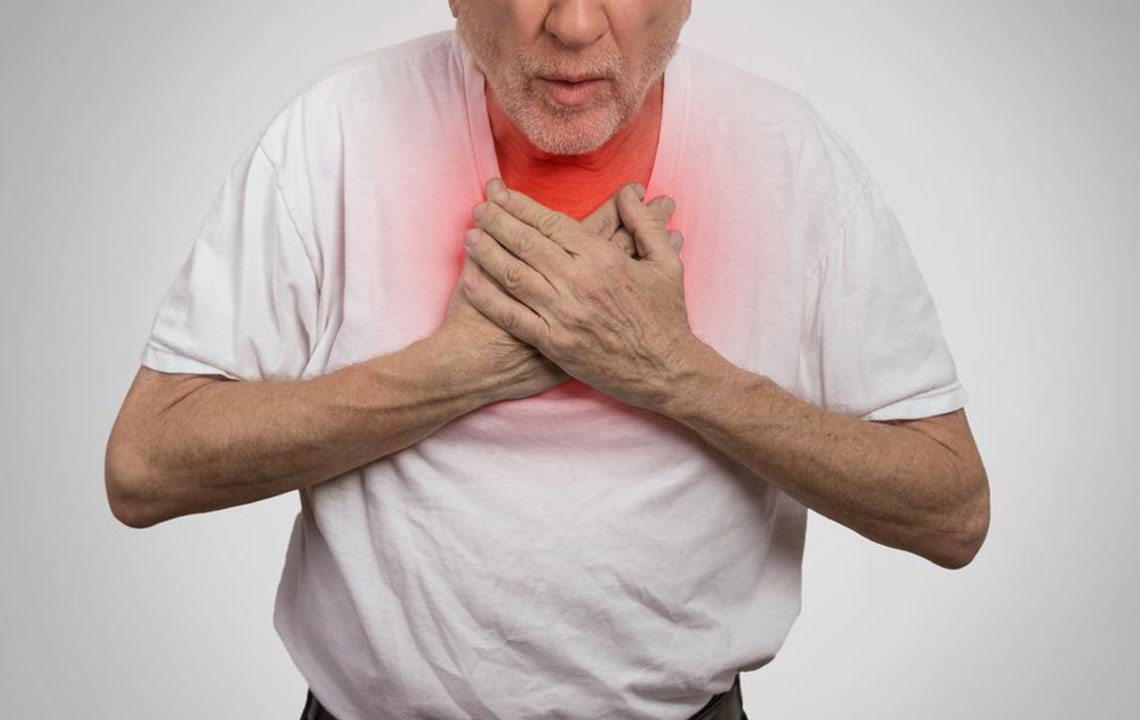Diagnosis and Treatment Options for Severe Asthma
According to the Asthma and Allergy Foundation of America, there are around 24 million people suffering from asthma in the country. There is no universal definition present for severe asthma. It is regarded as a respiratory disorder which requires high doses of inhaled steroids and secondary controllers such as systemic steroids.

Treating severe asthma is difficult because of its lack of response to medications. Severe asthma is sometimes also referred to as therapy-resistant asthma. This is because it has become more resistant to corticosteroids and other medications.
Diagnosing severe asthma
For adults and children over five years of age, pulmonary (lung) functions tests are primarily used to diagnose the severity of the disorder. Poor lung function indicates that the condition of asthma is not well controlled. Hence, before beginning treatments for severe asthma, the doctors will perform certain lung function tests. Some of these have been mentioned below.
- Spirometry
This method of diagnosis requires patients to take deep breaths and forcefully exhale into a hose connected to a spirometer. A spirometer is a machine that measures how much air can you exhale in one second. The results are known as FEV (Forced Expiratory Volume). - Pulse oximetry
This is one of the most common diagnostic tests used in the case of a severe asthma attack. Pulse oximetry helps measure the amount of oxygen in the blood. - Nitric oxide measurement
This test is one of the newest diagnostic tests that aids in measuring the amount of nitric oxide patients have in their breath when they exhale. Higher readings indicate the inflammation of bronchial tubes, indicating the patient might be suffering from severe asthma. - Peak flow
This diagnosing test is taken during an emergency treatment for a severe asthma attack. It measures how quickly the patient can breathe out using a peak flow monitor. The measurements are known as peak expiratory flow (PEF).
Treatments for a severe asthma attack
Once diagnosed, the doctors will administer appropriate treatment for severe asthma based on the symptoms experienced by the patient. If the patient and the doctor have already devised an emergency plan for such cases, it is important to adhere to it at the first sign of an asthma attack.
Treatment for a severe asthma attack might begin with the patient having to take two to six puffs of fast-acting inhalers to get airway-expanding medication deep into the lungs. Medications for severe asthma might include albuterol, levosalbutamol, and metaproterenol among many others. Small children who might face difficulties in using inhalers should be assisted with the help of nebulizers. The treatment has to be repeated after 20 minutes. If this does not help, then the patent might require emergency treatments for a severe asthma attack.
Some emergency treatments options for severe asthma include the following:
- Oral corticosteroids
This form of medication reduces lung inflammation and controls the symptoms caused by the same. Corticosteroids are administered in the form of pills and can also be given intravenously. They are given intravenously if the patient is vomiting or is experiencing respiratory failure. - Intubation
If the patient is suffering from a life-threatening attack of severe asthma, the doctor may put a breathing tube down the patient’s throat into the upper airway. The tube will pump oxygen into the lungs that will help the patient breathe while the doctor gives medications to bring asthma under control. - Ipratropium
It is also referred to as Atrovent and is sometimes used as a bronchodilator. Bronchodilators are used as treatment options for severe asthma attacks if albuterol is not fully effective. - Preventers
These contain inhaled corticosteroids that are anti-inflammatory in nature. Preventers help reduce the inflammation in the lungs as well as the symptoms and flare-ups associated with asthma. - Add-on medications
It is recommended that people suffering from severe asthma should be prescribed with add-on medications. The combination medications used together with relievers and preventers help control the symptoms of asthma. They also help in improving the lung function which eventually helps in controlling asthma flare-ups.
The doctor might advise the patient to stay in the emergency room for a few hours after their asthma symptoms have improved. This is to ensure that the patient does not have another attack. At the same time, the doctors will give instructions on what to do if the patient suffers from an asthma attack in the future.
If the symptoms fail to improve even after the emergency treatment, the doctor might ask the patient to get admitted to the hospital and will administer medication every hour and check if the condition is showing an improvement.
Lifestyle changes to treat severe asthma
While you are undergoing treatment for severe asthma, it is important to bring about lifestyle changes for a quick relief. Know your allergens and environmental irritants to avoid getting exposed to them. Avoid unhealthy habits like smoking and other triggers that take a toll on your lungs and increase the asthma flare-ups.











